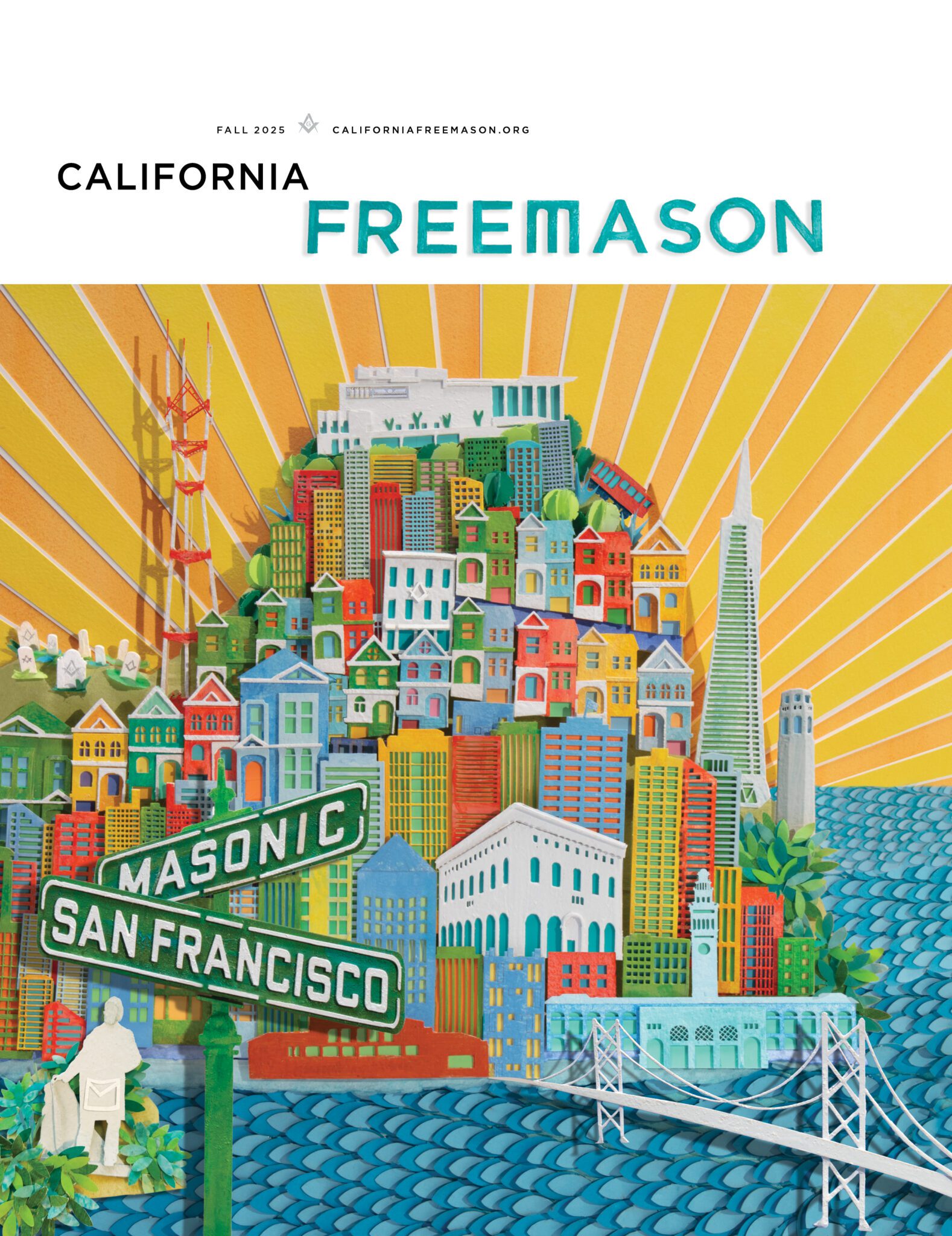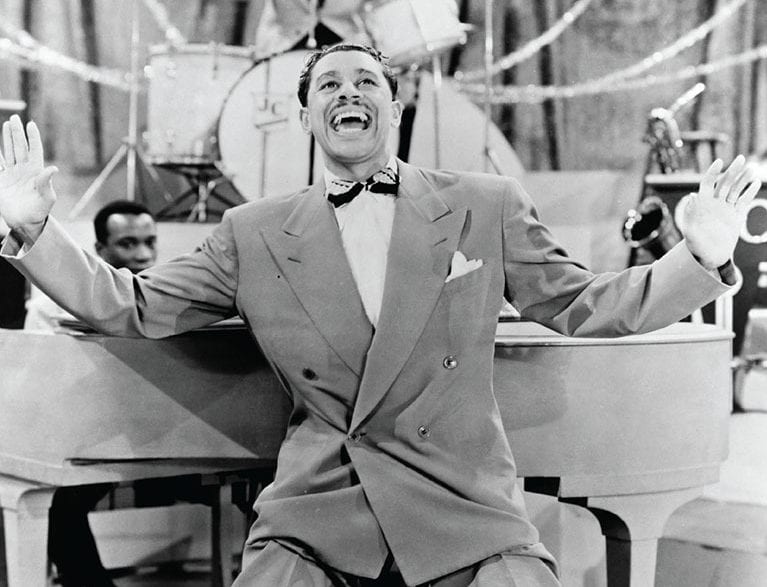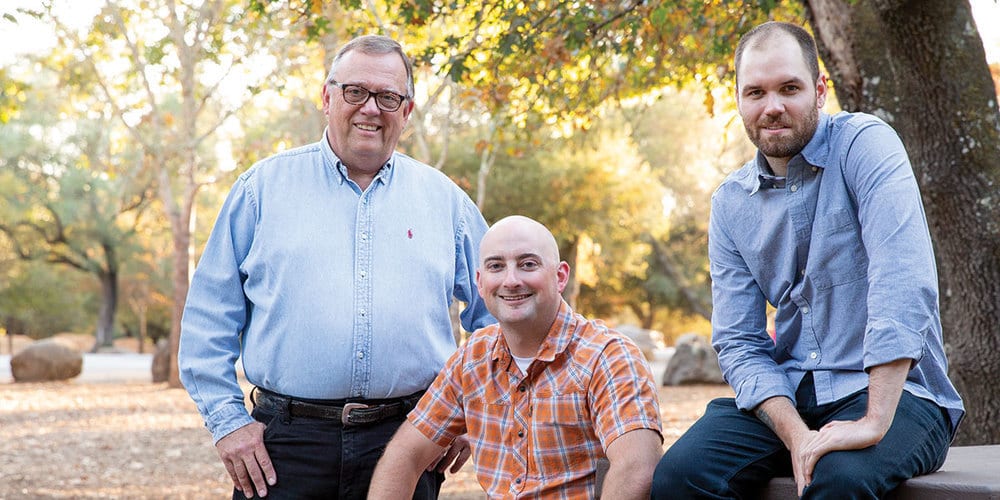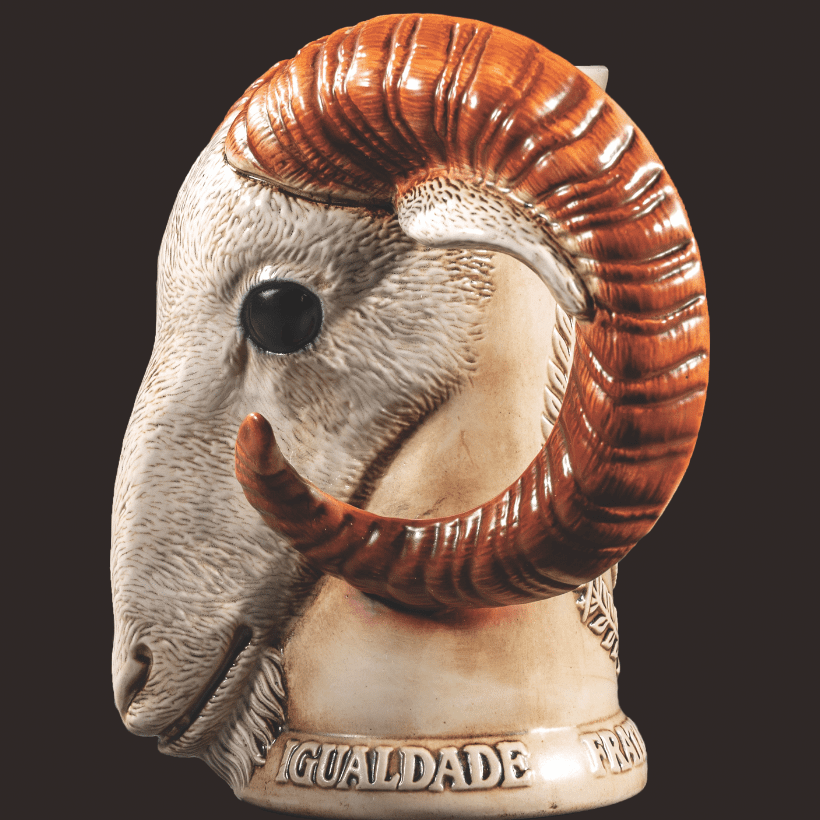
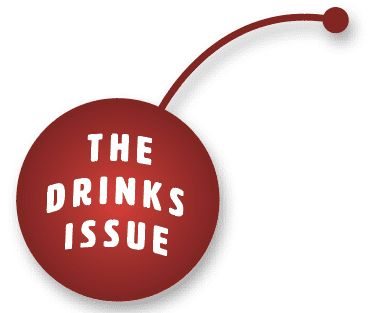
An Absolute Corker
Meet Ye Antient Order of Noble Corks, the screwiest Masonic Club around.
By Michael J. Ramos
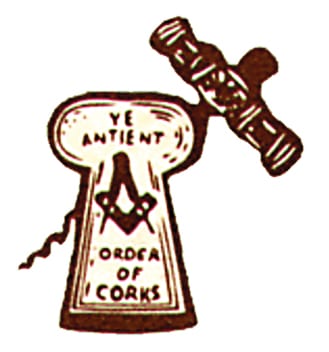 Shrouded in equal parts mystery and merriment, Ye Antient Order of Noble Corks is a bit of an outlier even within the sometimes bewildering world of Freemasonry. Whereas the dozens of supplemental degrees available to Masons tend to stress or expand on the moral teachings of the craft, the Corks exist for one reason and one reason only: to have a good time for a good cause. “The only thing we take seriously is how unserious we take the degree and ourselves,” says Donald McAndrews, a 50-year Mason in Virginia and the “grand bung” of the Americas, the equivalent of the order’s grand master.
Shrouded in equal parts mystery and merriment, Ye Antient Order of Noble Corks is a bit of an outlier even within the sometimes bewildering world of Freemasonry. Whereas the dozens of supplemental degrees available to Masons tend to stress or expand on the moral teachings of the craft, the Corks exist for one reason and one reason only: to have a good time for a good cause. “The only thing we take seriously is how unserious we take the degree and ourselves,” says Donald McAndrews, a 50-year Mason in Virginia and the “grand bung” of the Americas, the equivalent of the order’s grand master.
Yes, it’s that kind of affair. With titles like rather worshipful admiral, barely worshipful cook, and particularly worthy shipmate, the order is a decidedly screwy cousin to Freemasonry—fitting, given that its insignia is a corkscrew piercing a wine cork. During so-called cork lodges, the claret jug tends to be passed around liberally.
More common in Great Britain, Australia, and parts of Europe, the Cork degree is seldom practiced on our shores. It is governed here, insofar as its governed at all, by the Grand Council of the Allied Masonic Degrees. By and large, a degree conferral is held only once a year, during Masonic Week, typically in Virginia or Washington, D.C. And while it’s still a mystery to most American Freemasons, the degree has a long and proud, if not exactly distinguished, history. Cork lodges, sometimes known as cellars, have always existed to raise money for charity by taking donations around the festive board, where (ideally) good and (definitely) plentiful drink are par for the course.
For the uninitiated, the cork lodge’s degree ceremony includes many allusions to Noah’s Ark—hence the nautical theme evident in the officer’s titles. But the real highlight of a cork lodge is the “board of corks.” Revelers raise funds for the charity of their choice through the frequent and boisterous levelling of fines against fellow members for breaches of Cork protocol. (Among them, I’m told, is the requirement to keep a cork and corkscrew on one’s person at all times, like a challenge coin.) “Overall, even where local customs may take over, we universally agree that we come to eat and drink and for the opportunity to raise funds for charity,” McAndrews says.
Edgar Fentum, a resident of the Masonic Homes in Union City and a member of Los Altos No. 712, is among the lucky few California Masons who’ve taken the degree. And while he’s mostly tightlipped about its customs, he does recall it fondly. “I can’t give away the secrets, but I can tell you it was a wonderful time, with corks being waved about in the air everywhere you looked,” he says.
It’s not impossible for California Masons to receive the degree, McAndrews says; once we are able to safely travel again, he or another grand cork officer would be open to bringing a Cork degree out west, if travel and accommodations are provided. For more information about bringing the Cork degree to your lodge, email michaelramos@freemason.org.
To Affinity and Beyond
Looking to build connection with brothers who have shared interests? Affinity lodges aim to unite Masons with similar passions, whether it’s artistic pursuits or automotive enthusiasms. Check out a few groups of Masons who’ve—unofficially—got the idea.
PHOTOGRAPHY CREDIT:
The Deluge, by Hans Sebald. Image via Beham/Alamy
More from this issue:

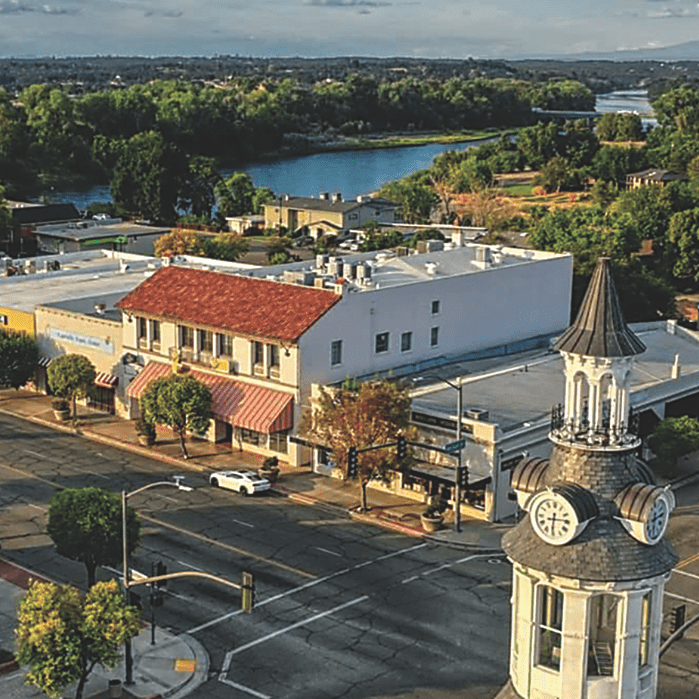
Lodge Profile: Ordinary Lodge, Extraordinary Impact
A small-town California lodge makes a big-time impact.
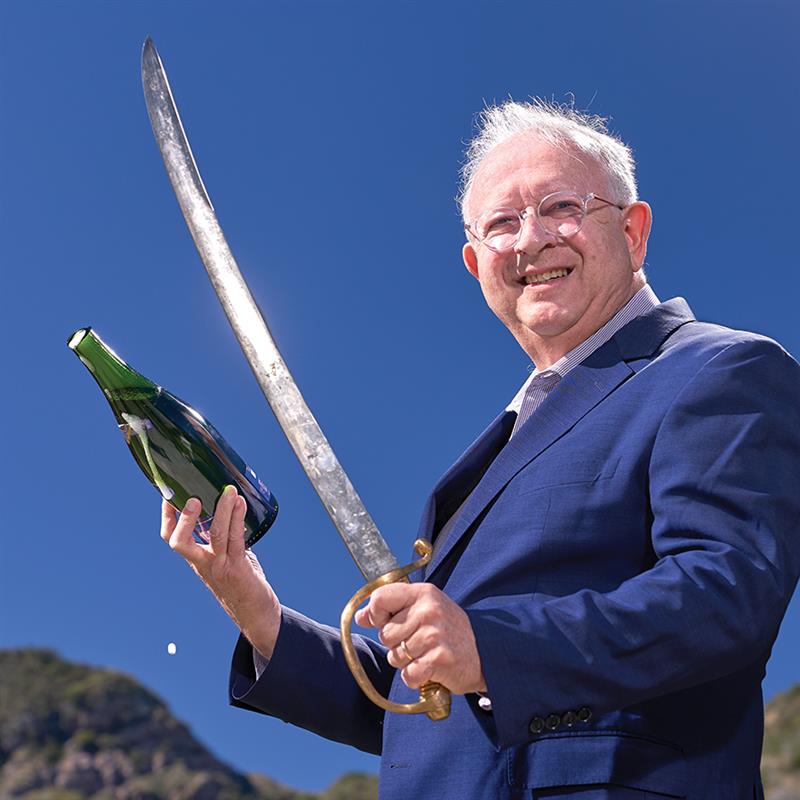
The Toastmasters: The Salonnier
At Club 50, Phillipe Milgrom gathers Masons for a taste of the good life.
